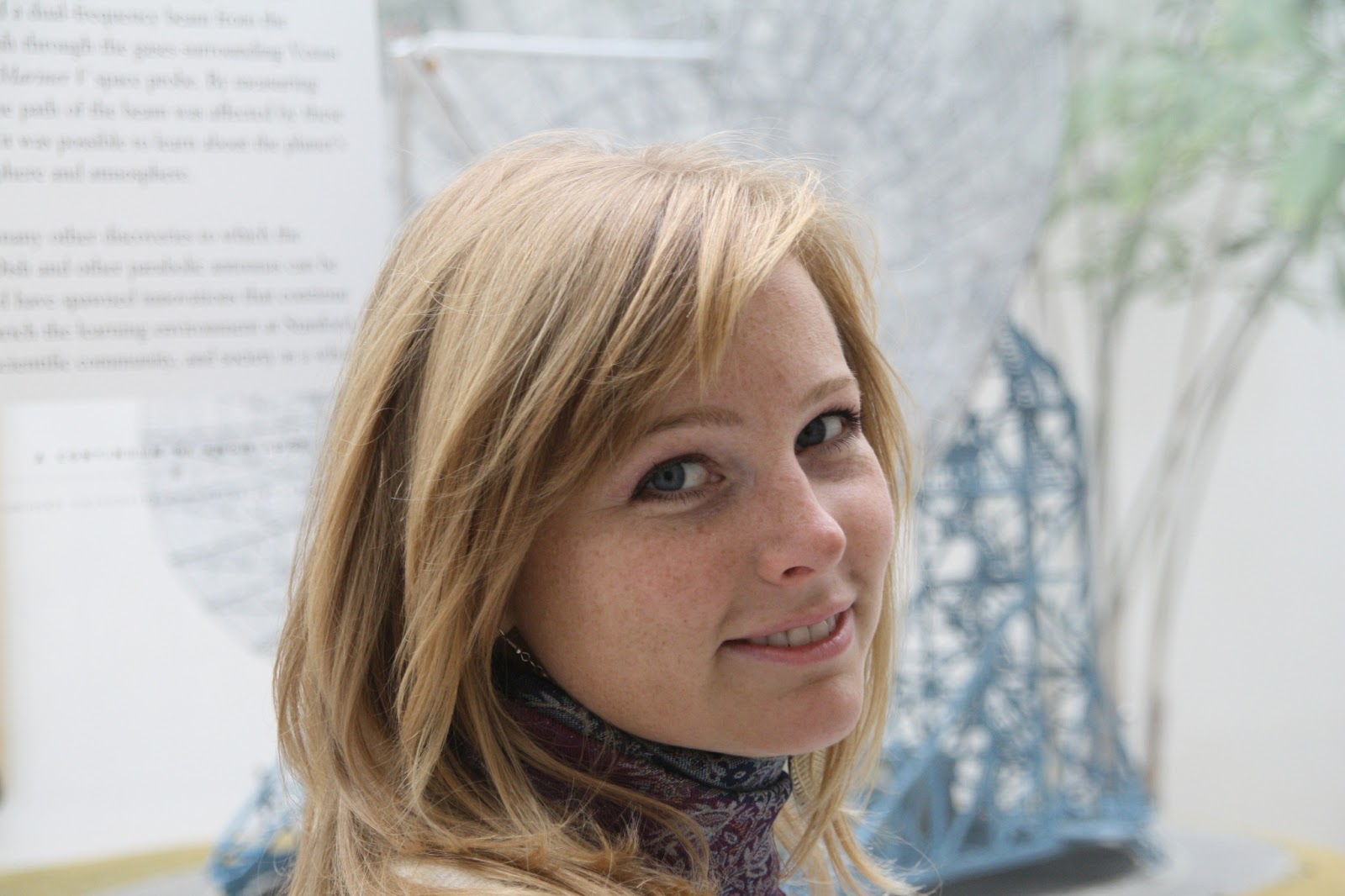 |
| Christine Amwake |
Previous work under the direction of the Dr. Reijo Pera and Dr. Baer correlated dark-field time-lapse imaging with gene expression profiling to conclude that success of the embryo to develop into the blastocyst stage can be reliably predicted within two days of fertilization, when the embryo is made up of only four cells and before embryonic gene activation (EGA), by using time-lapse optical imaging and an algorithm to detect three key features in the development cycle.1 The three parameters that are used to determine successful development into the blastocyst stage are (i) the duration of the first cytokinesis (the very brief last step in mitosis that physically separates the two daughter cells); (ii) time interval between the first and second mitosis events; and (iii) the time interval between the second and third mitosis events. Software developed by their team of researchers was used to detect the cells via computer vision and to follow the shape of the cells and evaluate the three parameters. The figure shows an example of how the computer vision method detects the cells and their shapes and follows them through this critical stage of development. The outcomes of the algorithm applied to time lapse imaging were correlated to gene expression data, and successful blastocyst formation was found to be predictable with 93% sensitivity and specificity.
 |
| The bottom row shows results of the tracking algorithm applied to the top row images of a single embryo. Images were taken at 5-minute intervals, and only a sampling of the images is shown here.1 |
In an extension to this study, it was found that the same time lapse imaging parameters can be used within tighter tolerances to predict ploidy versus aneuploidy with 100% sensitivity and 66% specificity.2 Aneuploidy is a condition found in 50-80% of cleavage stage embryos, where an abnormal number of chromosomes are present in the embryo which are either not compatible with live birth or can cause conditions such as down syndrome. Fragmentation of the embryo was shown to be correlated with time lapse imaging to predict types of aneuploidies.
These studies proved promising for applications in successful in vitro fertilization (IVF), since typical IVF methods do not accurately predict healthy embryos and usually multiple embryos are transplanted with negative consequences such as multiple births, the need for fetal reduction, and miscarriage.1 To this end the PIs and some co-authors of the paper listed in reference 1 have created the company Auxogyn, which brings this time-lapse imaging and computer vision automated analysis to the clinic in their Early Embryo Viability Assessment (EEVA) System.
The current work of our group applies similar imaging and analysis techniques to study other biological phenomena in culture. Optical imaging is an enabling technology for looking at biological samples because it is less invasive than many other imaging techniques. In many of our applications, we image the cells repeatedly over periods of several days, so the imaging system must be designed to support this effort. I look forward to updating you on more of our work soon. Thanks for reading!
REFERENCES
1. C. C. Wong et al., Nat. Biotechnol., 28, 1115-1121 (2010).
2. S. L. Chavez et al., Nat. Comm., 3, 1251 (2012) .
CHRISTINE AMWAKE is a PhD candidate in Electrical Engineering at Stanford University under the advisement of Prof. Olav Solgaard. Her current research interest is applying optical imaging techniques to biomedical applications.